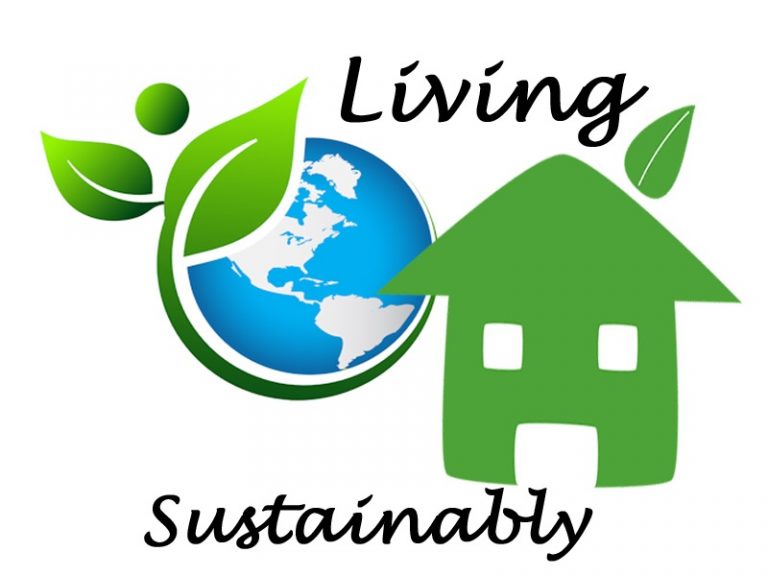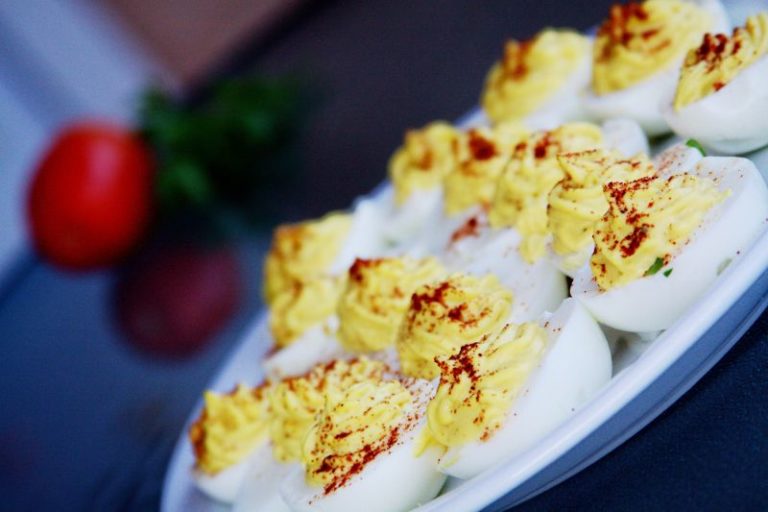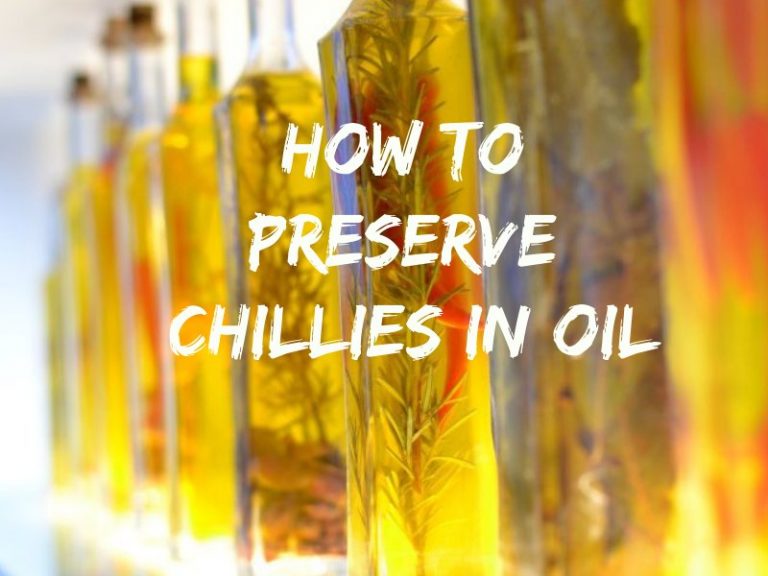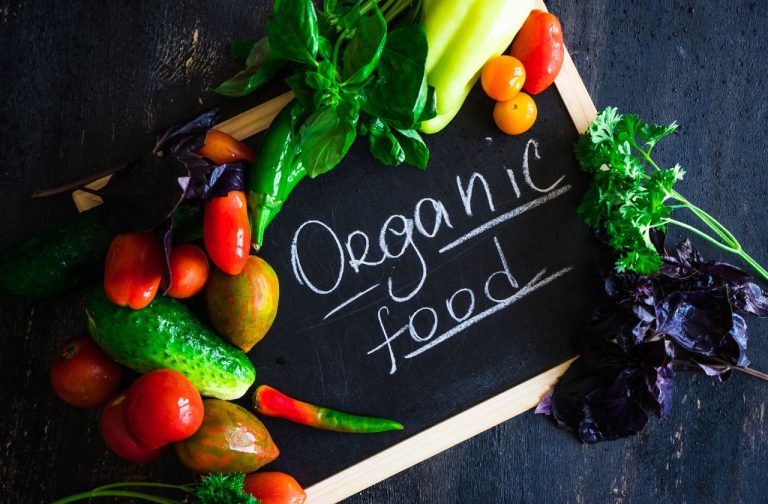5 Tips To Grow Peas In Your Garden
I get commissions for purchases made through links in this post. View our Affiliate Disclaimer.
Growing peas in your vegetable garden is a good choice. Peas are packed with power for both you and your garden! Growing peas helps rejuvenate your soil by fixing nitrogen back into soils where nitrogen is depleted. Peas are one of the easiest food crops to grow, and they require relatively little pampering to produce a harvest!
These are our 5 top tips for growing peas in your garden to put food on your table and benefit your soil.
Additional Essential Homestead Resources
✅ Medicinal Garden Kit - Grow medicine in your garden! A collection of seeds to get you started.
✅ Homesteaders Handbook - A printed book that covers all the basics for homesteaders.
✅ The Self-Sufficient Backyard - This book is an excellent resource for self-sufficiency on 1/4 acre!
✅ Into The Wild Survival Pack - Learn foundational survival skills every homesteader should know!
- Plant your peas at the right time
- Prepare the soil correctly for peas
- Plant the peas in the right place
- Support your peas as they grow
- Harvest the peas regularly
There are many benefits to growing peas in your garden, from providing a nutritious ingredient for our meals to restoring nutrients to your garden soil. Peas are easy to grow by following our 5 top basic tips to ensure a good harvest. Peas are a good way to learn if you want to start to Grow It Yourself (GIY) as part of your food sustainability plan.
Top 5 Tips To Grow Garden Peas
There are a number of different pea varieties to choose from. Some have inedible pods such as sweet peas. Snow peas have edible flat pods but with small seeds inside. Snap peas also have edible pods but with large seeds (peas) inside.
Whichever type of peas you decide to try first, they will all grow well using our 5 top pea growing tips. You don’t need to be an advanced vegetable gardener to have success with this food crop, and they are delicious to eat raw or include as part of a cooked meal!
Let’s get into the fun part of how to grow perfect peas!
1. Plant Peas At The Right Time – When To Plant Peas
Peas prefer cooler weather, thriving in temperatures of 13 -18°C (55-64°F). Thus, in the southern hemisphere, where I live, it means starting planting in July and August. For the rest of the world, planting should happen about two weeks before your last frost.
This will give the seeds time to germinate, and by the time the seedling pushes its way out of the ground, there will be little chance of frost killing off the little pea plant.
Pea plants do not do well with frost, which easily kills the plants and flowers. If you have unpredictable winters, rather wait until there is no longer any chance of frost before planting the seeds.
2. How To Prepare The Soil For Peas – No Fertilisers
One of the most important tips to get a good harvest from your peas is not to give your peas nitrogen-rich fertilizers. This will cause lots of leafy growth with a lower yield of pea pods.
Usually, if you add plenty of organic matter in the form of compost just before sowing, you will not need to add any extra feed to your pea plants. Mixing wood ash into the soil prior to planting has shown good results.
The best soil is well-drained loamy soil, with a soil pH range of 6.0 -7.5. Peas can manage with partial shade but prefer 6 – 8 hours of full sun daily.
3. How To Plant Your Pea Seeds – Plant Directly
Peas are one of the easiest garden vegetables to grow. Plant them directly in the soil at a depth 3 times the seed’s diameter. The ideal depth is usually 2-3cm (1-inch) deep. The seeds seem to do better when planted in soil at temperatures between 8°C and 24°C (46°F and 75°F).
Space the seeds 5 – 8 cm (2 – 3 inches) apart. You can plant with cucumber, radish, turnips, carrots, and beans for companion planting. Don’t plant your peas with onions, garlic, leeks, or chives, as they do not get along.
Pea plants do well planted directly in the garden or planted in pots for indoor or balcony vegetable growing. Whichever planting location you choose, it is best to plant the seeds directly where they will grow rather than planting the seeds in seed trays and transplanting the seedlings into their final location.
Young pea plants are relatively delicate and can be damaged during the transplant process, or they can suffer from transplant shock and struggle to get going once transplanted.
You may want to succession plant every 10 to 14 days for a continuous crop of fresh garden peas throughout the growing season.
4. Support Your Peas As They Grow
Peas are climbing plants and need some structural support when growing. Twiggy sticks (sticks still with little twigs or branches on them) are ideal for this purpose. Alternatively, you can tie strings between posts or use chicken wire mesh.
There are various commercial trellis supports available if you prefer a support structure with a bit more visual appeal. You may need to tie your peas up when the plants are young until they start to produce the tendrils that secure them to the support.
Water deeply once every two weeks. Once pea plants start to flower, you can increase the watering to once a week. This will encourage good pod development.
You can limit water loss by laying down a good mulch layer 5 – 10cm or 2 – 4-inches thick. Good materials for mulch include wood chips, straw, well-rotted manure, or pine needles. Do not mulch high up directly under the plant. High mulch directly on the plant will create too much humidity and encourage powdery mildew development, which can detrimentally affect the plant’s growth.
5. Harvest The Peas Regularly
Your first crop should be ready for harvest in 9-11 weeks from seed planting. It can take up to 3 weeks from when the flowers appear to produce pods. Picking the pea pods on a daily basis will stimulate the plant to produce more pods.
This strategy increases the plant pod production and allows you to maximize the yield from your plants. The best time to pick peas is in the morning after the dew has dried.
Start harvesting from the bottom of the plant and work your way up. It is best to use two hands to prevent damaging the plant when you pick peas. Hold the vine with one hand and pull the pod off with the other hand.
Keep your fresh peas in the refrigerator, where they will last up to 5 days. Alternatively, you can place them in a paper bag, wrap the bag in plastic wrap and freeze them.
Peas Are Good For The Soil
It is good practice to grow peas or beans in the soil after a root crop such as beetroot or carrots and other heavy feeding plants that deplete soil resources. The peas are nitrogen fixers that help replace nitrogen and other valuable nutrients that the root crop has used up.
The peas are able to return nitrogen to the soil through specialized nodules on their roots which host symbiotic bacteria that convert nitrogen from the air, N2, into a form called NH4, or ammonium nitrate, which is a form of nitrogen plants can use in the soil.
As a result, planting peas, which are part of the legume family, will help to restore your soil. Beans are also part of the same family and can be planted with peas to provide an additional food crop and replenish the soil at the same time.
Peas Are A Healthy Food Crop
By adding peas to your diet, you will benefit from the nutritional benefits they offer to your health.
- Peas are low in fat.
- They are high in antioxidants that help prevent aging and boost the immune system
- Peas have anti-inflammatory properties and are high in vitamins C, E, and K, and manganese
- Regularly including peas in your diet can help reduce bad cholesterol
- Peas are high in protein
Peas can be consumed raw in salads or included in other dishes such as stews or steamed as a side ingredient for your main meal.
Conclusion
Peas are not only an easy food crop for beginner gardeners who want to grow their own food, but the plants’ rejuvenation of the soil after heavy feeding crops can be invaluable for the next crop you will plant in their place.
When the pea plants die, you can pull them out and use them as mulch where they lie to complete the cycle and use every part of the plant!
Get more posts like this
Subscribe to our mailing list and get interesting homesteading and green living info and updates to your email inbox.
Thank you for subscribing.
Something went wrong.







